December 10, 1936 started like any other day for then 10-year-old Princess Elizabeth. The granddaughter of the King, she enjoyed a life of aristocratic privilege and wealth in London’s Mayfair.
That particular Thursday had begun in the most mundane fashion.
Elizabeth had attended her usual swimming lesson and later was working on homework when she began to hear cries of “God Save the King!” coming from outside the house. Curious, she ventured out to ask a footman about the noise.
It was then that she learned the news that would irrevocably change the course of her life: Her uncle, King Edward VIII had abdicated, less than a year after ascending to the throne. With no heirs, Elizabeth’s father, then the Duke of York, had suddenly become King. In turn, the small girl was no longer simply an indulged girl — she would one day become Queen.
Elizabeth is said to have then rushed to find her little sister, Princess Margaret, who reportedly said: “Well, does that mean you’re going to be Queen now? Poor you!”
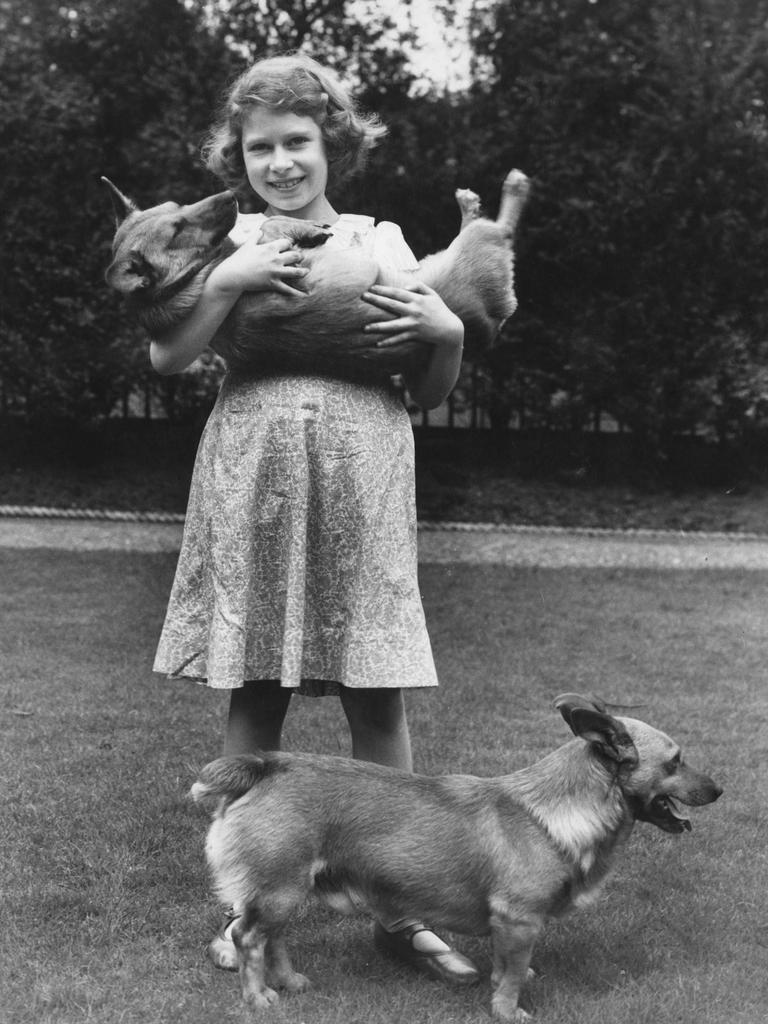
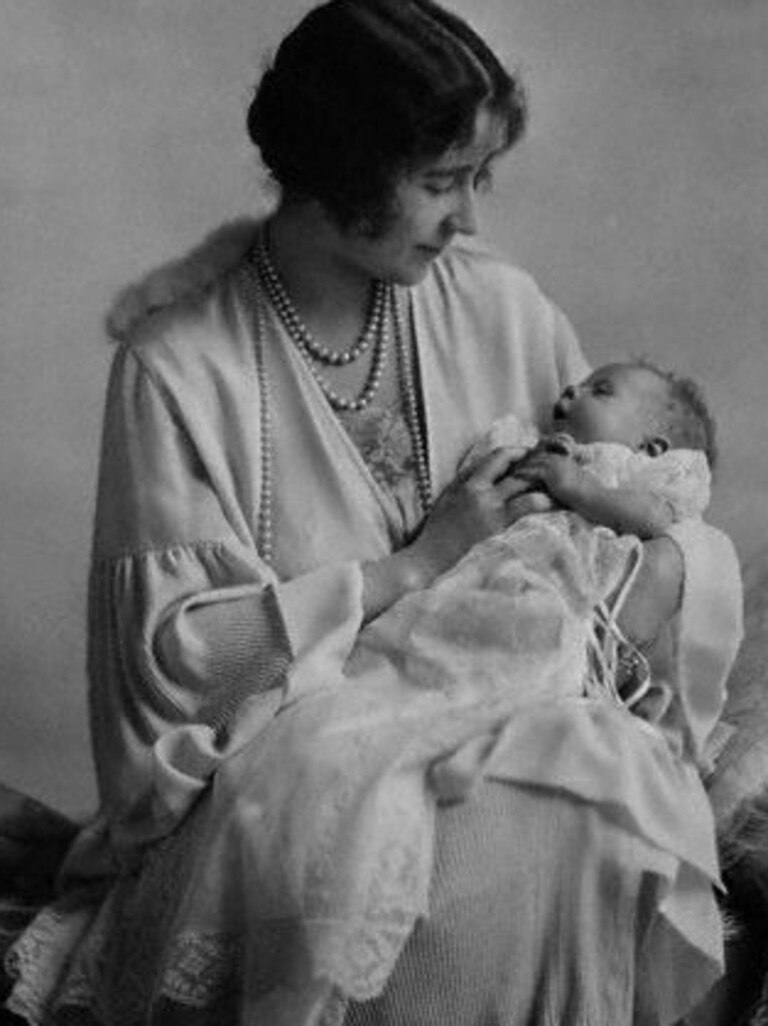
In a matter of seconds, her destiny had been altered permanently and absolutely: Her future had dramatically swerved from a life that would have probably involved a good marriage, a large home, motherhood and society functions with plenty of horses and dogs thrown in, to a lifetime of unremitting hard-work and service.
It was a role she neither sought out nor wanted, however she would dedicate herself with formidable grace and humility to the throne during her lifetime. Her reign was marked by incredible stamina and an unwavering commitment to her subjects, both at home and throughout the Commonwealth.
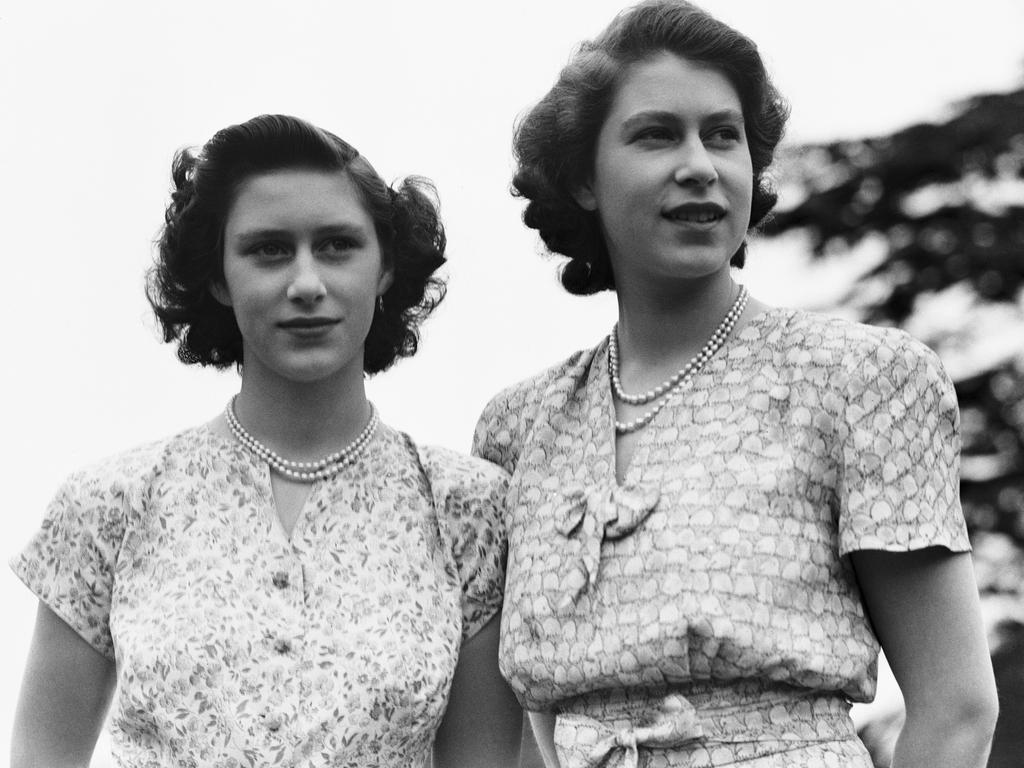
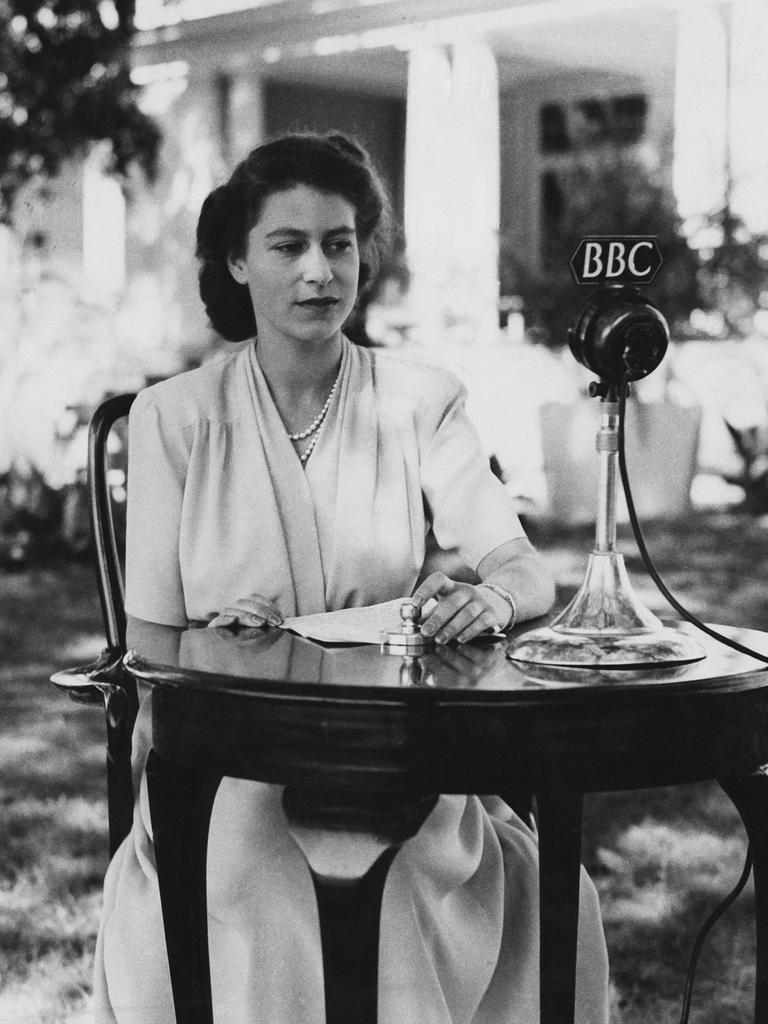
Picture: Topical Press Agency/Hulton Archive/Getty Images
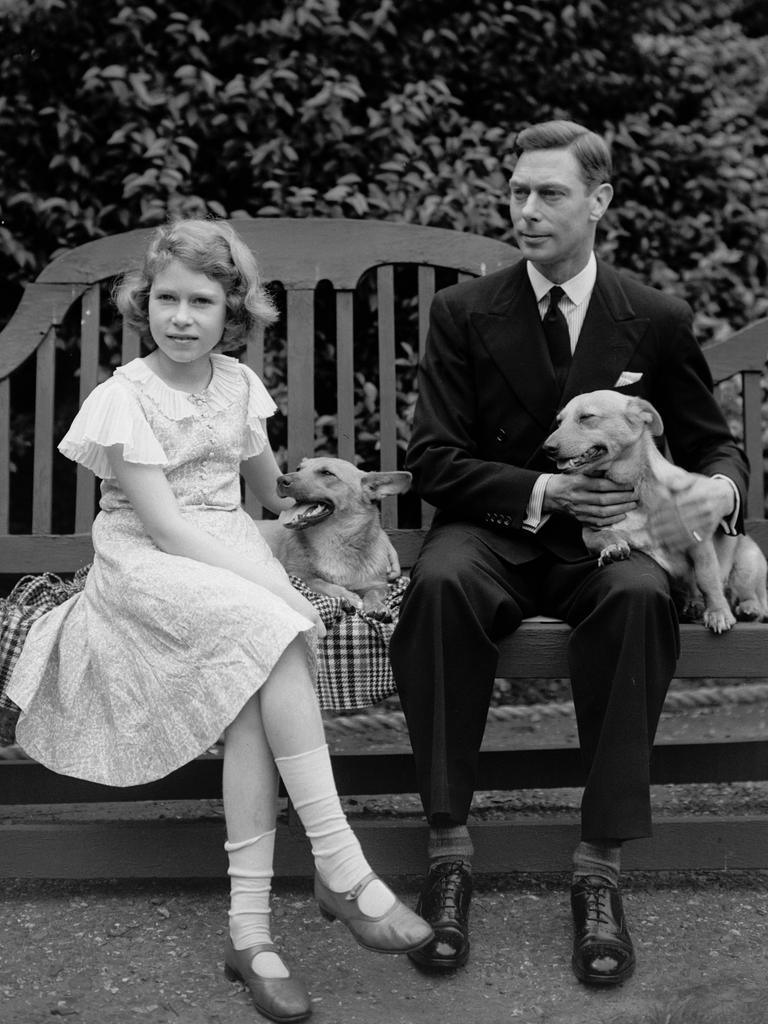
Throughout her decades as Queen, the public was only ever afforded the briefest glimpses of Elizabeth, the private, mysterious woman who was a mother-of-four, a devoted wife, passionate and successful horse trainer and breeder of corgis.
She passes having remained something of an enigma to the 2.3 billion people in the Commonwealth.
Princess Elizabeth Alexandra Mary was born on the 21st of April, 1926 in Mayfair (via caesarean) the first child for the Duke and Duchess of York. Her father, Albert (known to his family as Bertie) was the second son of then King George V and Elizabeth’s grandfather is said to have been regularly delighted by visits from his cheerful young granddaughter to Buckingham Palace.
Four years later, in 1930, Elizabeth’s only sibling, Princess Margaret, was born.
The young Princesses were educated at home, under the watchful eye of their beloved governess Marion “Crawfie” Crawford with less-than-taxing lessons focusing on history and languages.
Even from a very young age, Elizabeth loved horses. She had her first riding lesson aged three, and was given her first pony, a Shetland, aged four.
Each night, she would feed, groom and then “stable” 30 toy horses, and tie her dressing gown belt to her bed posts to mimic reins so she could pretend to ride a horse.
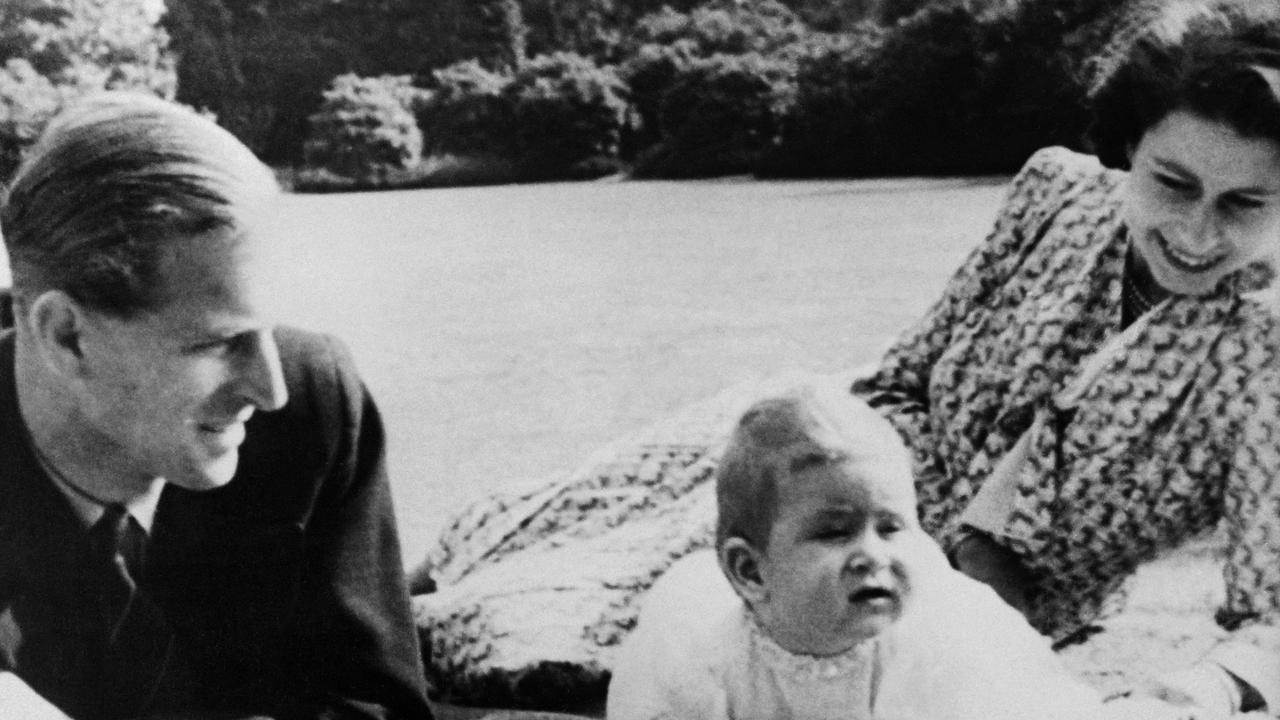
The ‘scandalous’ affair of edward and mrs simpson
Despite only being the second son, aka the “spare”, Bertie and his wife, also Elizabeth, undertook royal duties with great commitment and sincerity.
When their first born was only an infant they left her in London to undertake a six-month-tour of Australia. Throughout her childhood, Elizabeth along with Margaret would track their parents’ progress on a map.
And then that particular safe and comfortable life came crashing down in 1936.
On January 20, 1936 King George V passed away, with his oldest son becoming King Edward VIII. Beloved by the people, in private Edward was wrestling with heartache. He was in love with an American divorcee named Wallis Warfield Simpson and he was desperate to make her his wife.
While the US press had been reporting on their long-running affair, the British media had remained silent thanks to a “gentlemen’s agreement” between the Palace and Fleet Street. That changed in October of that year when Wallis filed for her divorce from her second husband.
News that the King was planning on wedding a twice-divorced, Catholic commoner led to a public outcry. Unable to marry without parliament’s approval, Edward made the fateful decision to renounce the throne, making him the first British monarch to ever willingly abdicate.
On December 10, with incredible sadness in his voice, King Edward VIII delivered his last public radio address, saying: “I have found it impossible to carry the heavy burden of responsibility and to discharge my duties as King, as I would wish to do, without the help and support of the woman I love.”
Elizabeth’s quiet father, who had never expected the weight of the crown on his head, suddenly became King George VI. (The day before he was crowned, Bertie wrote in his diary “I broke down and sobbed like a child” when he found he would be King.)

Boosting morale of british children during ‘The Blitz’
Life for the close-knit family — Bertie was fond of using the phrase “we four” regularly — changed dramatically as they made the move to Buckingham Palace.
Elizabeth was similarly reluctant to be Queen. According to her grandmother Countess Strathmore, the young Princess was often seen on her knees, “ardently praying for a brother” which would “save” her from having to ascend to the throne.
When war broke out in 1939, the family was moved to Windsor Castle. In 1940, Princess Elizabeth made her first public address, taking to the radio to try and boost the morale of British children facing the unremitting horrors of The Blitz.
Later, she would become No 230873 second subaltern Elizabeth Windsor when she joined the Auxiliary Territorial Service where she learned to drive, and repair, trucks.
During the war years, Elizabeth spent many hours writing to a distant cousin she had only met once — Prince Philip of Greece, a dashing navy officer. Elizabeth and Philip had met in person in 1939 when the King, Queen and young princesses visited the Royal Naval College at Dartmouth.
There, they had tea with Philip and 13-year-old Elizabeth “never took her eyes off him,” according to letters from Crawfie.
During leave in 1943, Philip had spent time with the royal family where he watched 17-year-old Elizabeth perform in a pantomime retelling of Aladdin. Sparks flew between the duo and the King is said to have approved of his future son-in-law.
Three years later in 1946, during a month-long stay at Balmoral, Philip proposed and Elizabeth said “yes”, without even discussing it with her parents. Her father agreed on the proviso they kept the news secret until her upcoming 21st birthday.
As Britain was still contending with post-war rationing, Elizabeth used the 200 extra ration coupons she was entitled to and bought the material for her pearl-and-crystal-encrusted ivory silk satin Norman Hartnell gown. On November 20, 1947, tens of thousands of well wishers gathered outside Westminster Abbey, cheering, to celebrate the newlyweds.
Suddenly crowned queen at the age of 25
Motherhood soon followed. In 1948, Elizabeth gave birth to her first child Prince Charles and two years later, Princess Anne was born.
Accepting a naval position in Malta, Elizabeth and Philip left their young children at home in Clarence House in London. The Princess is said to have loved life as just another officer’s wife during this period of time.
Again, tragedy was to divert the course of Elizabeth’s life.
In 1952, the young couple undertook a tour of Australia and Kenya. While spending a night at a treetop hotel deep in the forest, King George VI passed away after years of bad health. The next day, Elizabeth was informed that her father had died — and that she was now Queen, decades before she had expected to ascend the throne.
Many years later she would say of that day: “It was all very sudden,” and explaining that she saw her role as “taking it on, and making the best job you can”. “It’s a question of maturing into something that one’s got used to doing, and accepting the fact that here you are, and it’s your fate, because I think continuity is important,” she said.
On February 8, 1952, the 25-year-old was crowned Queen Elizabeth II in a televised ceremony.
In the first year after her coronation, the new Queen and the Duke of Edinburgh embarked on an exhausting five-month visit to the Commonwealth, leaving Charles and Anne at home. Like Elizabeth and Margaret before them, in the nursery, young Charles is said to have followed his parents’ progress on a globe.
In 1960, Prince Andrew was born and then four years later, Prince Edward followed.
In 1966, the Queen faced the first significant PR disaster of her reign. On October 21, the catastrophic collapse of a colliery in the Welsh town of Aberfan killed 116 children after it engulfed the local school. Also killed in the tragedy were 28 adults.
In a situation that would in many ways mimic the aftermath of the death of Princess Diana three decades later, while the public grieved en masse, it took eight long days for the Queen to finally visit the devastated town.
When she arrived, she was presented with a posy of flowers from a girl with a card that read pointedly “from the remaining children of Aberfan”.
In 1979, the royal family faced significant personal sorrow with the assassination of Prince Philip’s beloved uncle, Lord Louis Mountbatten whose sailing boat was blown up by the IRA.
(A local boy, Lord Mountbatten’s grandson and his daughter Lady Brabourne were also killed in the terrorist attack.) It was also a blow for the young Prince Charles who was particularly close to Lord Mountbatten and had relied on him as a trusted adviser and friend.
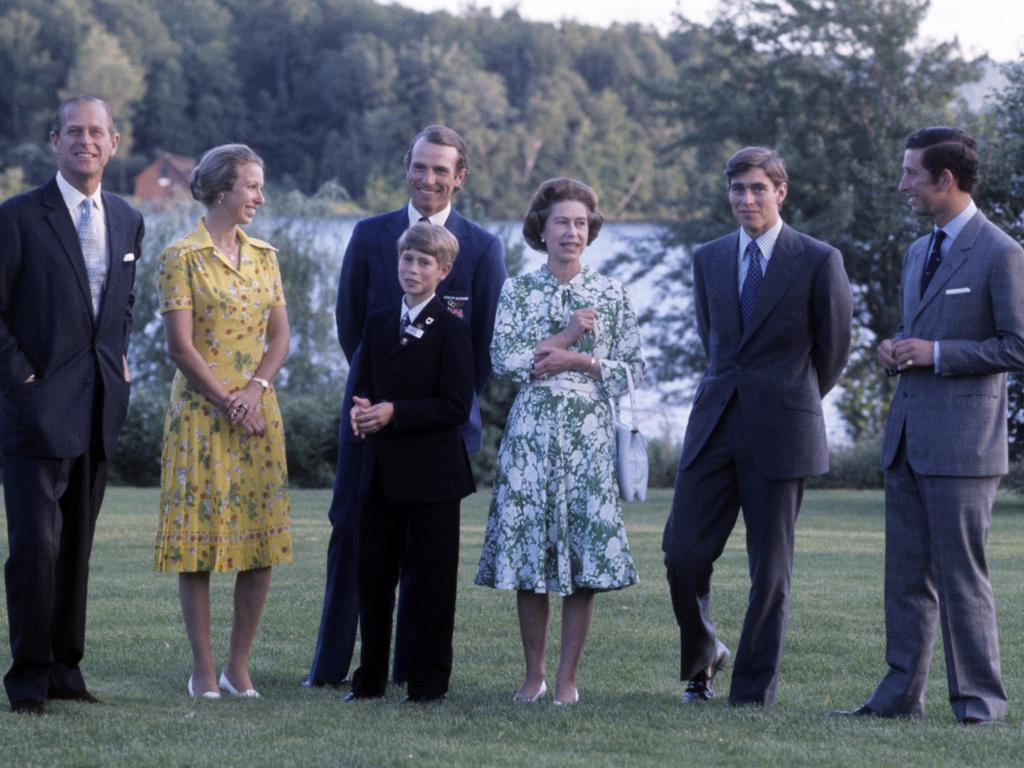
Lady Diana Spencer arrives on the royal scene
The Windsors came perilously close to another tragedy in 1981 when Marcus Sarjeant, age 17, fired six blanks at the Queen while she was riding down The Mall during the Trooping of the Colour.
(A year later, royal security would also be found wanting when Michael Fagan, an unemployed painter, managed to scale a palace wall and climb up into the Queen’s bedroom. She talked to him for ten minutes before she was able to summon help.)
There was good news though in 1981 when a very young, pretty girl named Lady Diana Spencer arrived on the royal scene. Charles, nearing 30, was on the cusp of confirmed, and worrying, bachelorhood and both the press and his family were clamouring for him to make a match. Enter, the 19-year-old romance novel-loving kindergarten teacher who came from perhaps the most aristocratic family in Britain.
On July 29 that year, 750 million people around the world watched what they thought was the beginning of a fairytale union for the Queen’s son. (Only months later, cracks would begin to show in their marriage as Diana struggled under the weight of her new role and her deteriorating mental health.)

Throughout the 1980s, the dynamic of the Queen’s family continued to change. Prince Andrew also wed, to bubbly redhead Sarah Ferguson. Both the Wales’ and the Yorks had children, welcoming Prince William and Harry and Princesses Beatrice and Eugenie to the fold.
(The Queen’s oldest grandson Peter, the son of Princess Anne and Mark Phillips, was born in 1977 and sister Zara in 1981.)
However, by the end of the same decade, the marriages of all three of the Queen’s adult children were floundering and in 1992 all of their unions came to a crashing halt: The Wales and Yorks announced their separations and Princess Anne revealed she was set to divorce husband Mark Phillips.
The same year, in another heartbreaking blow, the Queen’s beloved Windsor Castle was seriously damaged by a large fire. Desolate and in tears, dressed in a simple raincoat, the then-66-year-old was photographed surveying the destruction.
When the government suggested they would fund the restoration of the Castle, there was a huge public outcry. In the ensuing uproar over the royal family’s finances, the Queen offered to pay tax for the first time, reduce the number of family members receiving income from the civil list and to pay for Windsor Castle’s repairs by opening Buckingham Palace to the public. Later, she uttered two words that have long since become iconic, labelling that year her “annus horribilis”.
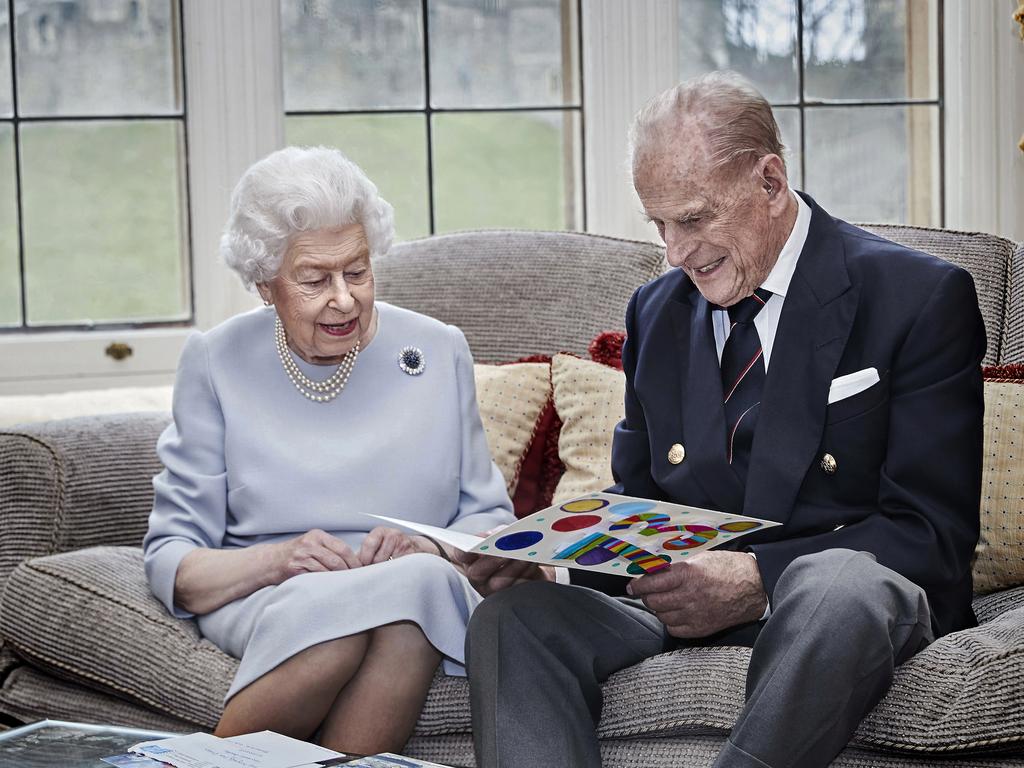
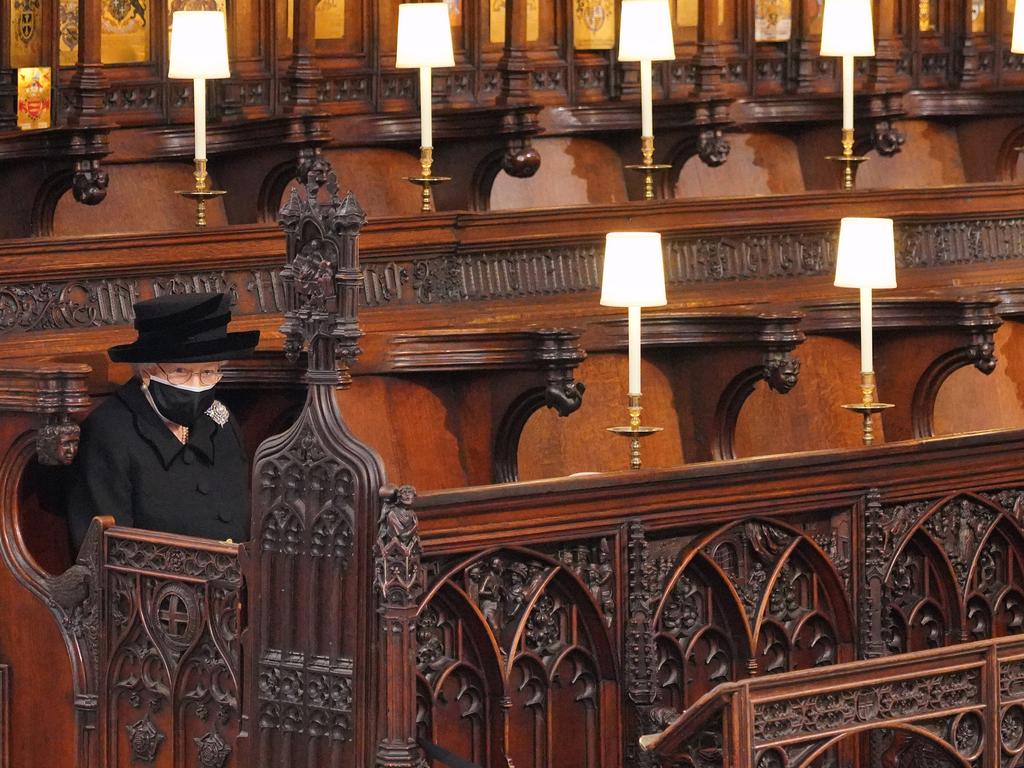
Public outpouring of grief over Princess Diana’s death
Five years later, in 1997, Queen Elizabeth would face one of the most challenging moments during her reign when Diana, Princess of Wales was killed in a car accident in Paris. At the time of the tragedy, Prince Charles along with young William and Harry were holidaying at the Queen’s Scottish residence Balmoral.
Her first instinct was to protect and care for her grieving grandsons and stayed in Scotland with them, rather than returning to London.
However, the public was in the midst of an unprecedented outpouring of collective grief and they interpreted the Queen’s refusal to come back to Buckingham Palace as uncaring and cold. One major newspaper ran a huge front page headline that simply read “Show Us You Care”.
By all accounts, the Queen was deeply shocked by the swift and vicious public reaction to her actions, or lack thereof, in the wake of Diana’s death. Finally, she returned to the capital a day earlier than planned, gave an extraordinary TV address and met the heartbroken crowds holding a vigil outside the Palace gates.
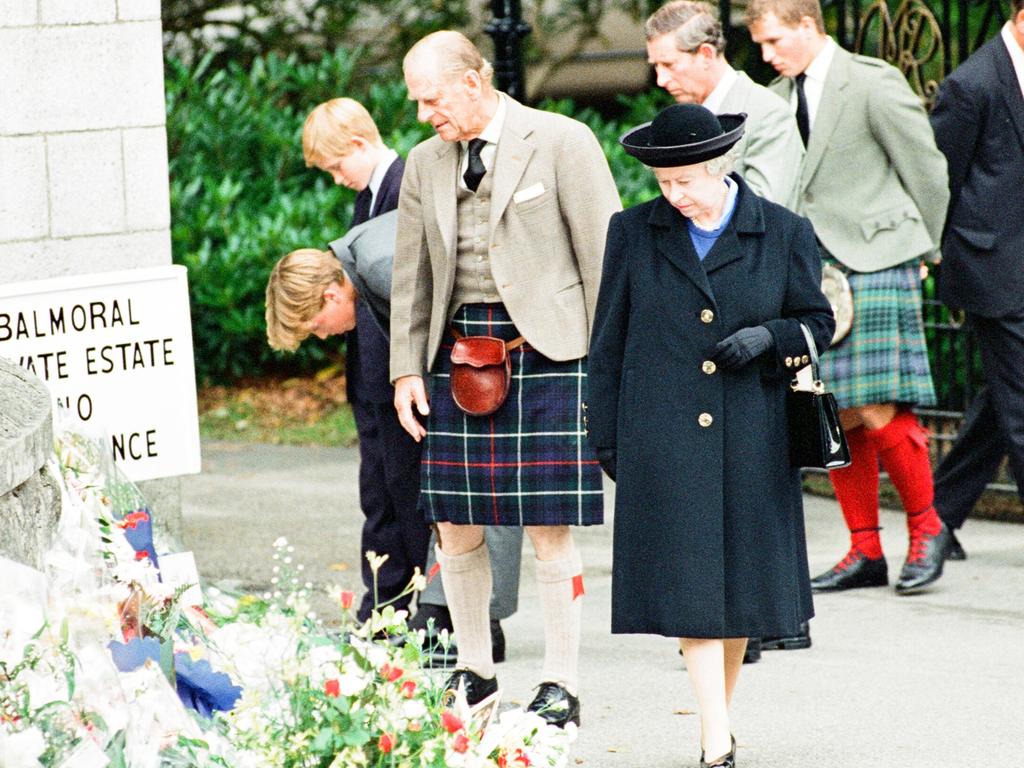
In 2002, Queen Elizabeth lost two of the people who were her closest confidants and allies, with the death of Princess Margaret, aged 71, and then only two months later, the death of the Queen Mother at 101.
New generation helped boost royal family’s popularity
As the new millennium arrived, the royal family started to enjoy a new popularity, helped greatly by the emergence of the charming and charismatic new generation of royals, lead by Prince William and Prince Harry.
Interest in the Windsors only grew as the young Princes enjoyed their first romances and began to make their way in the world via university (Wills) and the military (Harry).
After decades of furtive assignations and hiding from the press, her son Prince Charles finally married the woman he had loved all along, Camilla Parker Bowles, in 2005. While the Queen did not attend the civil ceremony as she is the titular head of the Church of England, she did throw the happy couple a huge reception that night.
More good news, and even greater popularity, followed in 2011 when Prince William finally married his longtime girlfriend Kate Middleton and then the arrival of their son, and heir, Prince George in 2013.
On the 9th of September, 2015 Queen Elizabeth surpassed the reign of her great-grandmother Queen Victoria (which had been 23,226 days, 16 hours and 23 minutes) to become the longest serving monarch in British history.


Ever the hard worker, the Queen acknowledged the incredible milestone with a public speech and went about business as usual, opening a new Scottish rail line.
(Later, Her Majesty celebrated the anniversary with a dramatic flotilla of boats down the Thames that marked the occasion with great pomp and ceremony. Throughout the entire journey down the river, the Queen stood, refusing to sit, in the pouring rain for hours in a show of remarkable dedication.)
In her later years, Queen Elizabeth continued to demonstrate her profound and enduring commitment to serving the British people. In 2017, she undertook 292 engagements and the following year bettered that to complete 293.
However, despite her continued tireless service during this time, Prince Charles began to assume more responsibility as did Prince William.
In 2017, the Queen’s abiding helpmate and partner Prince Philip retired from public life to enjoy his twilight years indulging in his passion for watercolours and to live full-time in the countryside.
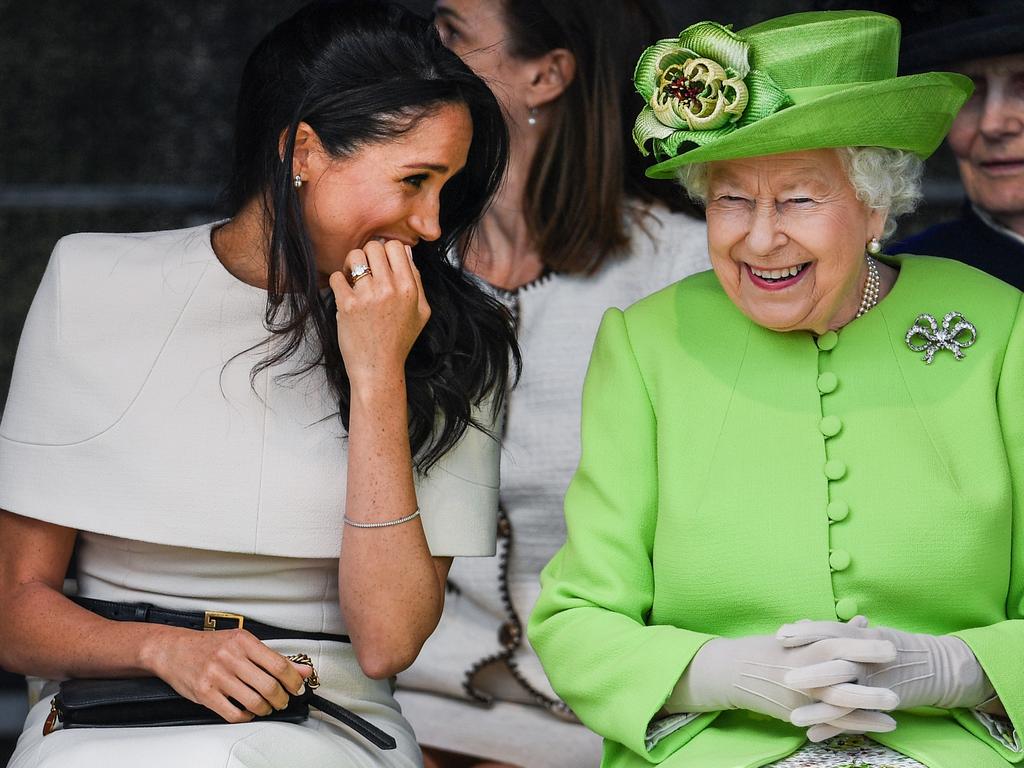

The Queen was renowned for her sense of humour
The legacy she leaves is unrivalled: She has overseen 15 British Prime Ministers, 12 US Presidents and seen the world undergo seismic technological and social shifts.
Her life was defined and shaped by an unwavering commitment to duty that she put before anything else. With humility, dedication and stamina she devoted herself to her subjects, both in the United Kingdom and throughout the 53 countries that make up the Commonwealth.
However, despite the fact she was the most famous woman in the world, the person she was away from the public glare was far from the austere, reserved stateswoman. She was renowned for her playfulness and sense of humour.
Once, attending the races she watched her horse lose. She was heard to remark while cheekily pretending to stomp her foot, “Not only have I lost the race, but now I’ve got to give the cup.”
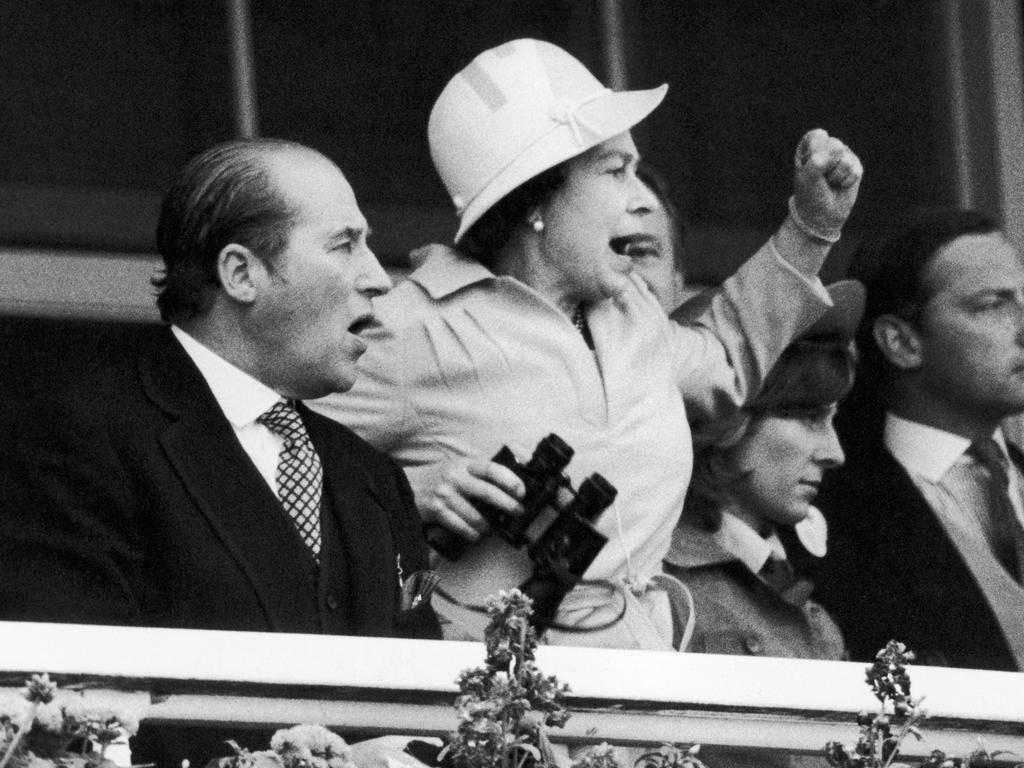
On another occasion, while out shopping in a small town in Scotland near Balmoral, another customer turned to her to say, “You look just like the Queen!” Ever the droll wit, the Queen replied, “How very reassuring!”
The Queen was also famed for her love of the simpler things in life. Both at Balmoral and Sandringham, picnics — no matter if the guests are prime ministers and presidents — were a favourite. The Queen would set the table, Philip cooked, and she helped clean up.
Then, there were her beloved corgis. On her 18th birthday in 1944, she was given her first of the breed named Susan, whose descendants would be the constant companions of Queen Elizabeth for nearly seven decades.
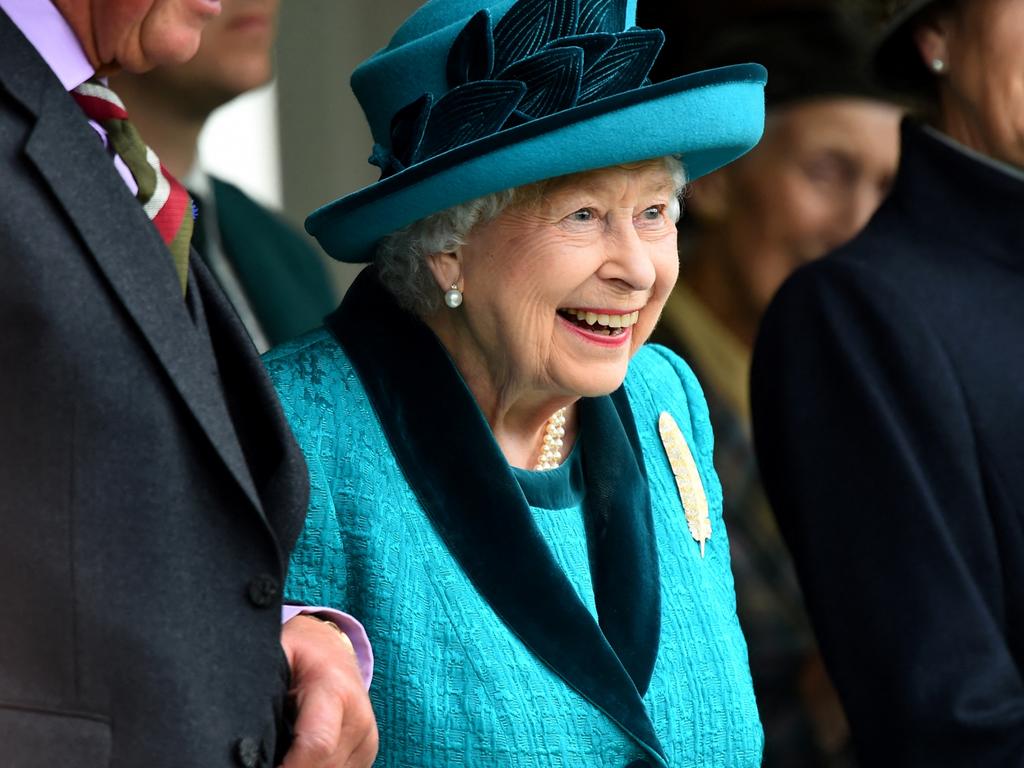
She can also be credited with creating a new breed of dog called the dorgi when one her pups mated with Princess Margaret’s dachshund. (Some say the crossbreed was not coincidental and the Queen herself engineered the connection.)
Another lifelong passion was horse racing with the Royal Stud producing a number of big winners under the watchful and devoted eye of the Queen. Though she famously never put money on the horses, it was widely known that Her Majesty started every day by reading the Racing Post over breakfast.